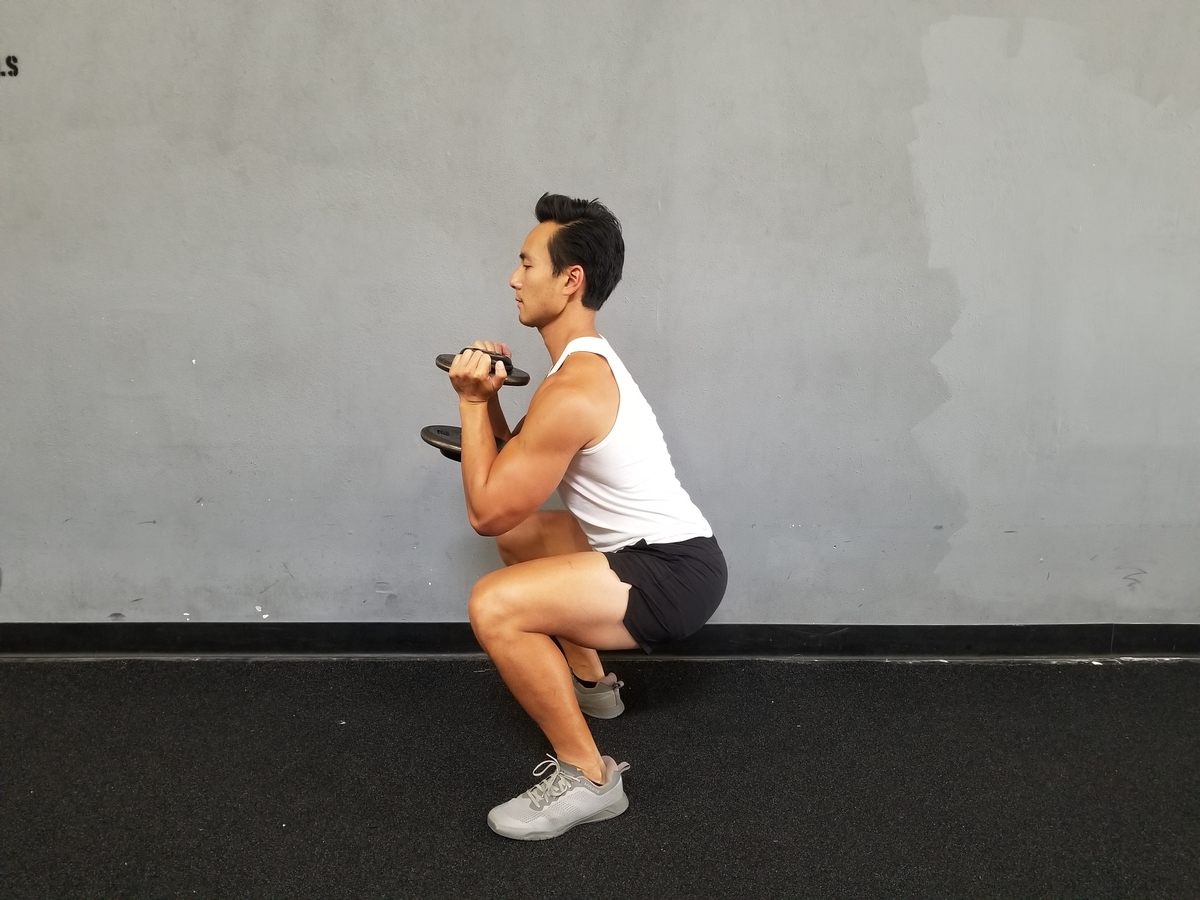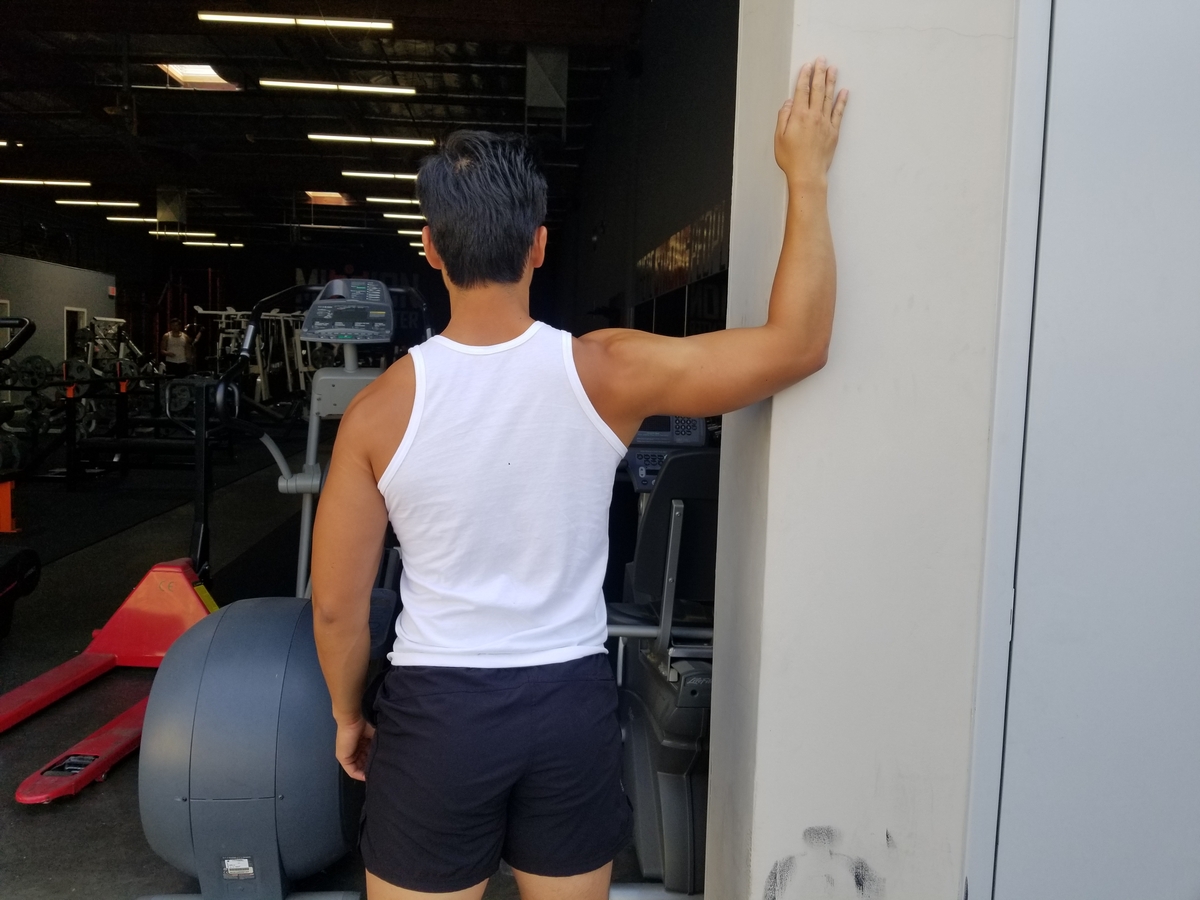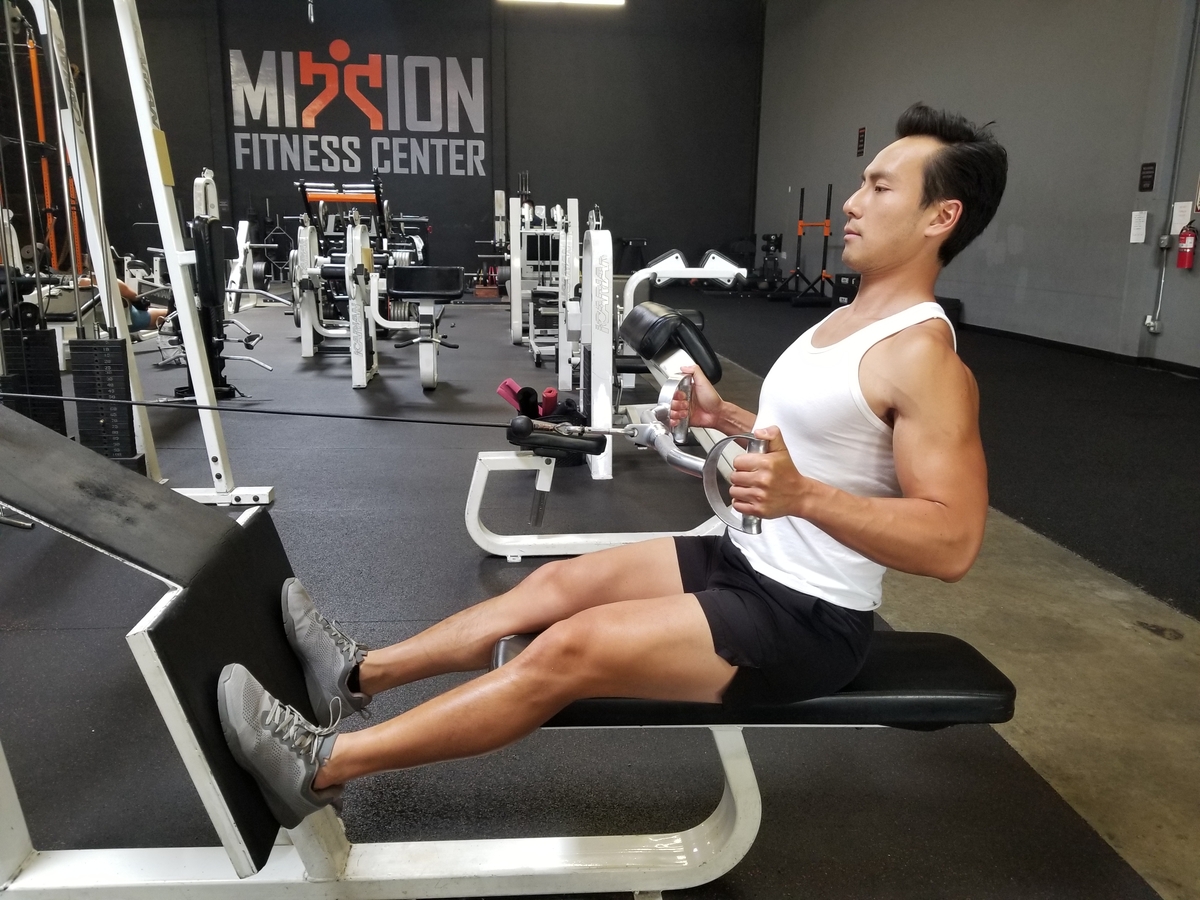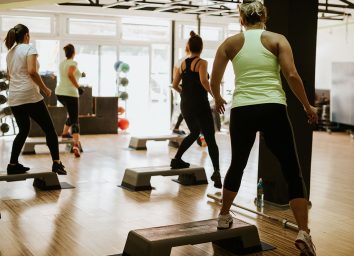The Secret Trick That Makes Practically Every Exercise Better

There are plenty of ways to tweak conventional exercise moves in order to get more out of them. One my favorite methods for getting more out lifts, for instance, is utilizing quarter reps. Depending on the exercise, weaving in an added one-quarter rep at the top or bottom of certain moves—such as a squat, or a deadlift—is a terrific way to make your muscles work harder for longer.
However, there’s one simple yet wildly effective strength-training technique that simply doesn’t get talked about nearly enough (in my opinion): “antagonist stretching.” Antagonist stretching refers to the act of stretching the opposite muscle to the one that you’re actually working out—just before and in between sets—and it can do wonders for just about any strength-training workout you do.
Related: 3 Workouts Proven to Change Your Body Shape
Let me explain. As an example, let’s say you’re working your biceps. That, in really nerdy fitness terms, is known as your agonist muscle. Your antagonist muscle (the opposite to your biceps) are your triceps. Why are they opposites? Well, they share a joint, your elbow. One of those muscles pulls your forearm in, while the other pulls your forearm out. They work the same part of your body in opposite directions, and are therefore the yin and yang muscles to your arms.
Anyway, research has shown that stretching an antagonist muscle before working out your agonist muscle can help your antagonist muscle relax, and when you do that, you’ll increase your body’s range of motion and flexibility while allowing your agonist muscle—the one you’re actually using—to work harder. You’ll find that you’re more powerful, and can lift more for longer.
Below are two great exercises that take advantage of antagonist stretching. In one, you’re doing squats, having just stretched your hamstrings. (Yes, hamstrings and quadriceps are opposites.) In the other, you’ll work your back after having stretched your pecs. Read on for the full instructions. And for more great workout advice, see why Science Says This Is the Single Best Abs Exercise You Can Do.
Antagonist Stretch: The Hamstring Stretch

Before you do a squat, perform a hamstring stretch. Begin by lying down on the ground with your lower back flat. Bend the knee that you’re not stretching while holding the one being stretched around mid-thigh. Keeping your core tight, fully extend the knee you’re holding up to get a hamstring stretch for about 20-30 seconds before switching sides.
Exercise: Dumbbell Goblet Squat

Now that you’ve got loose hammies, grab a dumbbell by the end and hold it up. Keeping your torso upright and core tight, sit back onto your heels and hips until they are parallel to the ground, then come back up, flexing your glutes and quads at the top.
Antagonist Stretch: The Pec Stretch

Find a sturdy surface, wall, or doorway to place your elbow and hand on. With your elbow facing 90 degrees, pull your shoulder blade back and lean forward. As you lean in, be sure keep your shoulder joint from gliding forward and in line to avoid over-stretching your front deltoid. You should feel a chest stretch at the end of the motion. Hold for 20-30 seconds then repeat on the other side.
Exercise: The Seated Row

Now that your pecs are loose, grab the attachment on a seated row machine and place your feet firmly on the foot pad. Pull the handle out, then straighten your legs fully. Keeping your chest tall, drive your elbows back towards your hips, squeezing your back and lats hard to finish. Straighten your arms fully and get a stretch in your shoulder blades before performing another rep. And for more great exercise advice, see here for the Secret Exercise Tricks for Keeping Your Weight Down for Good.








